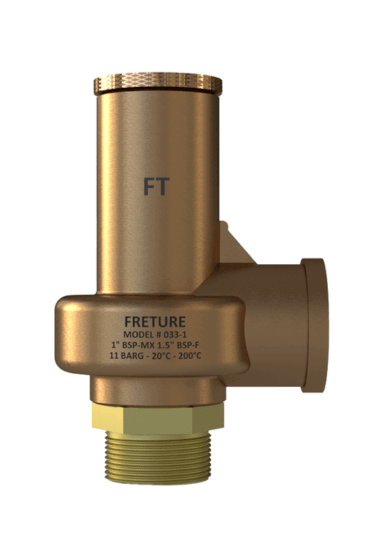In industrial settings, the management of pressure within systems is crucial to ensure both operational efficiency and safety. Safety valves play a vital role in this regard, serving as essential components of pressure relief systems. Their primary function is to protect equipment and personnel from the dangers associated with overpressure conditions. Understanding the role of safety valves in pressure relief systems is critical for industries such as oil and gas, chemical processing, power generation, and many others where these devices are indispensable.
Key Functions of Safety Valves
Safety valves are designed to automatically release pressure from a system when it exceeds a predetermined limit. This is critical in preventing equipment damage, potential explosions, and ensuring the safety of personnel. The key functions of safety valves include:
- Pressure Regulation: Safety valves help maintain the pressure within safe limits by venting excess pressure.
- Protection of Equipment: By preventing overpressure, safety valves protect sensitive and costly equipment from damage.
- Ensuring Personnel Safety: Overpressure situations can lead to catastrophic failures, posing significant risks to workers. Safety valves mitigate these risks.
Importance in Various Industries
In industries such as oil and gas, safety valves are crucial for maintaining the integrity of pipelines and storage tanks. In chemical processing plants, they prevent overpressure conditions that could lead to hazardous chemical releases. In power generation facilities, safety valves are essential for protecting boilers and turbines from pressure-related failures.
Types of Safety Valves
Safety valves come in various types, each suited for specific applications:
- Spring-loaded Safety Valves: These are the most common type, using a spring mechanism to control the opening and closing of the valve.
- Pilot-operated Safety Valves: These valves use system pressure to control the valve operation, allowing for precise pressure regulation.
- Balanced Safety Valves: Designed to operate effectively in systems with backpressure, these valves are critical in maintaining consistent performance.
Compliance with Standards
To ensure the reliability and effectiveness of safety valves, adherence to industry standards is paramount. Standards such as API 520, API 526, API 527, EN ISO 4126, and ASME Section VIII Div. 1 provide guidelines for the design, application, and testing of safety valves. Compliance with these standards ensures that safety valves function correctly and provide the necessary protection.
Maintenance and Testing
Regular maintenance and testing of safety valves are essential to ensure their continued performance and reliability. This includes periodic inspections, functional testing, and recalibration to ensure they open at the correct pressure set points. Neglecting maintenance can lead to valve failure, compromising system safety.
Technological Advancements
Advancements in safety valve technology have led to the development of more reliable and efficient valves. Innovations such as digital monitoring and diagnostics allow for real-time tracking of valve performance, enabling predictive maintenance and reducing downtime.
Conclusion
Safety valves are indispensable components of pressure relief systems, playing a critical role in protecting equipment, ensuring personnel safety, and maintaining operational efficiency in various industries. Their importance cannot be overstated, and adherence to proper standards, regular maintenance, and embracing technological advancements are key to maximizing their effectiveness.
Freture Techno Pvt. Ltd. is a leading safety valve manufacturer in Mumbai, India, offering high-quality safety valves that meet stringent industry standards and provide reliable protection for your systems.





No comments:
Post a Comment